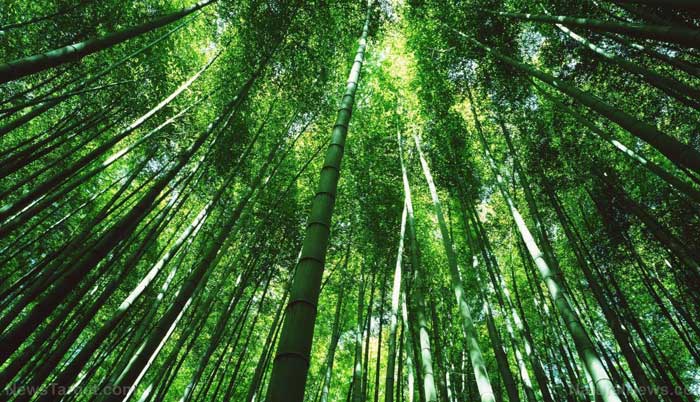![]() Home > Lifestyle
Home > Lifestyle
One More Reason “High Carbon Levels” Are A Good Thing: CO2 Protects Rainforests And At-Risk Wildlife Species

![]() December 29th, 2017 | 10:39 AM |
December 29th, 2017 | 10:39 AM | ![]() 2456 views
2456 views
NATURALNEWS.COM
Scientists and world leaders who are convinced that the world is facing a crisis they refer to as catastrophic man-made global warming have implemented policies to turn the situation around. These measures include taking steps to reduce carbon emissions and entering agreements like the Paris Climate Agreement.
Scientists are also aware that trees are reservoirs of stored carbon and that when trees are cut down they release this carbon into the air. They, therefore, recognize that preventing deforestation will reduce the amount of carbon released into the air, which they believe will help curb global warming.
With this in mind, there has been renewed focus worldwide on protecting what are known as “high carbon” rainforests.
Large-scale and extractive industries like the palm oil giants of Asia have been responsible for massive amounts of deforestation. The United Nations and other organizations have been working with these agricultural companies to institute policies of “zero deforestation,” and have also been allocating conservation areas to protect forests that are known to retain large amounts of carbon.
A research team from the Durrell Institute of Conservation and Ecology (DICE) at the University of Kent, set out to discover the effects of such conservation areas on resident wildlife in the forests of Borneo – an area threatened by palm oil conversion. They were excited to discover that when high carbon rainforests are protected, biodiversity increases and the numbers of endangered mammals increase exponentially. Their study was published in the Journal of Applied Ecology.
The study abstract explains:
[W]hen using high-resolution, locally validated biomass data, diversity demonstrated positive relationships with carbon for threatened and disturbance-sensitive species, suggesting sensitivity of co-benefits to carbon data sources and the species considered. [Emphasis added]
Species most vulnerable to deforestation, like orangutan and clouded leopards, benefited more than any others from the higher carbon levels.
Lead author, Nicolas Deere, was able to confirm the link between the higher carbon levels and the increase in endangered species numbers by combining the results of camera-trap images and high-resolution satellite imagery.
When standard carbon maps were consulted the correlation between higher carbon levels and biodiversity was not visible, but when high-resolution maps were used to identify carbon resources it became clear that high carbon levels support the greatest number of mammal species.
The study’s authors believe that their work has implications for government and other policymakers because it proves that protecting high carbon forest areas has “strong potential for biodiversity conservation,” particularly in areas vulnerable to palm oil extraction.
Source:
courtesy of NATURALNEWS
by Tracey Watson
If you have any stories or news that you would like to share with the global online community, please feel free to share it with us by contacting us directly at [email protected]